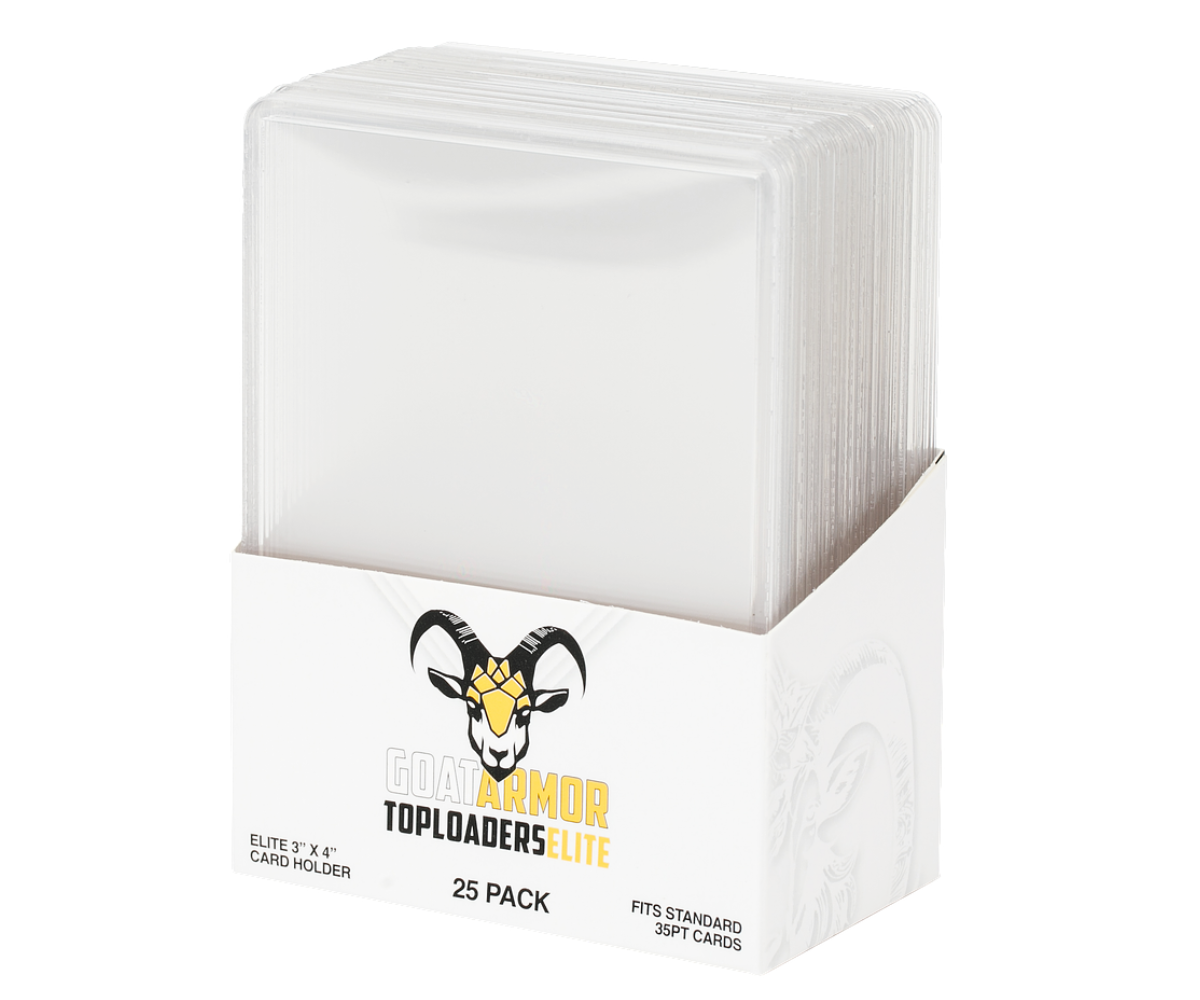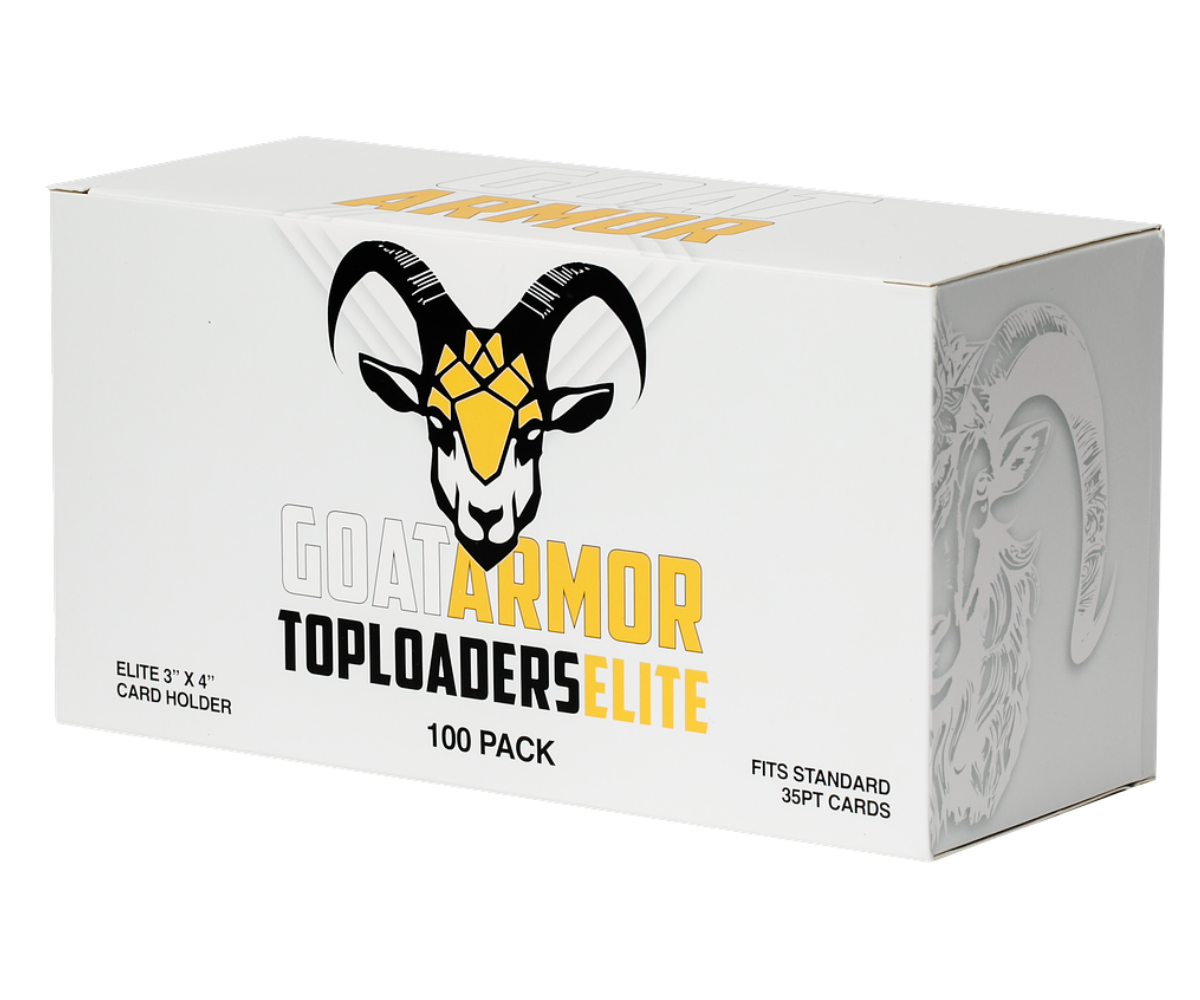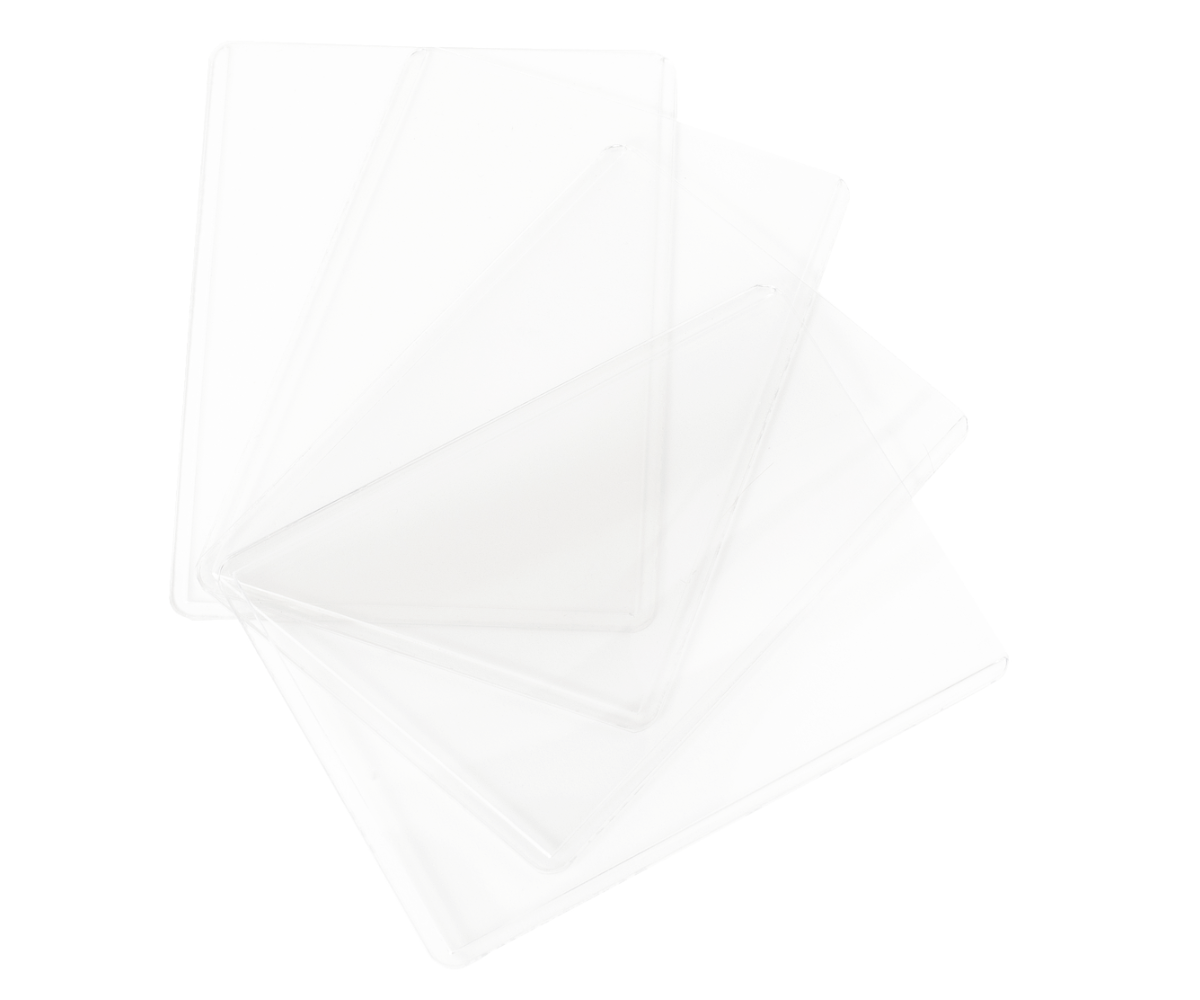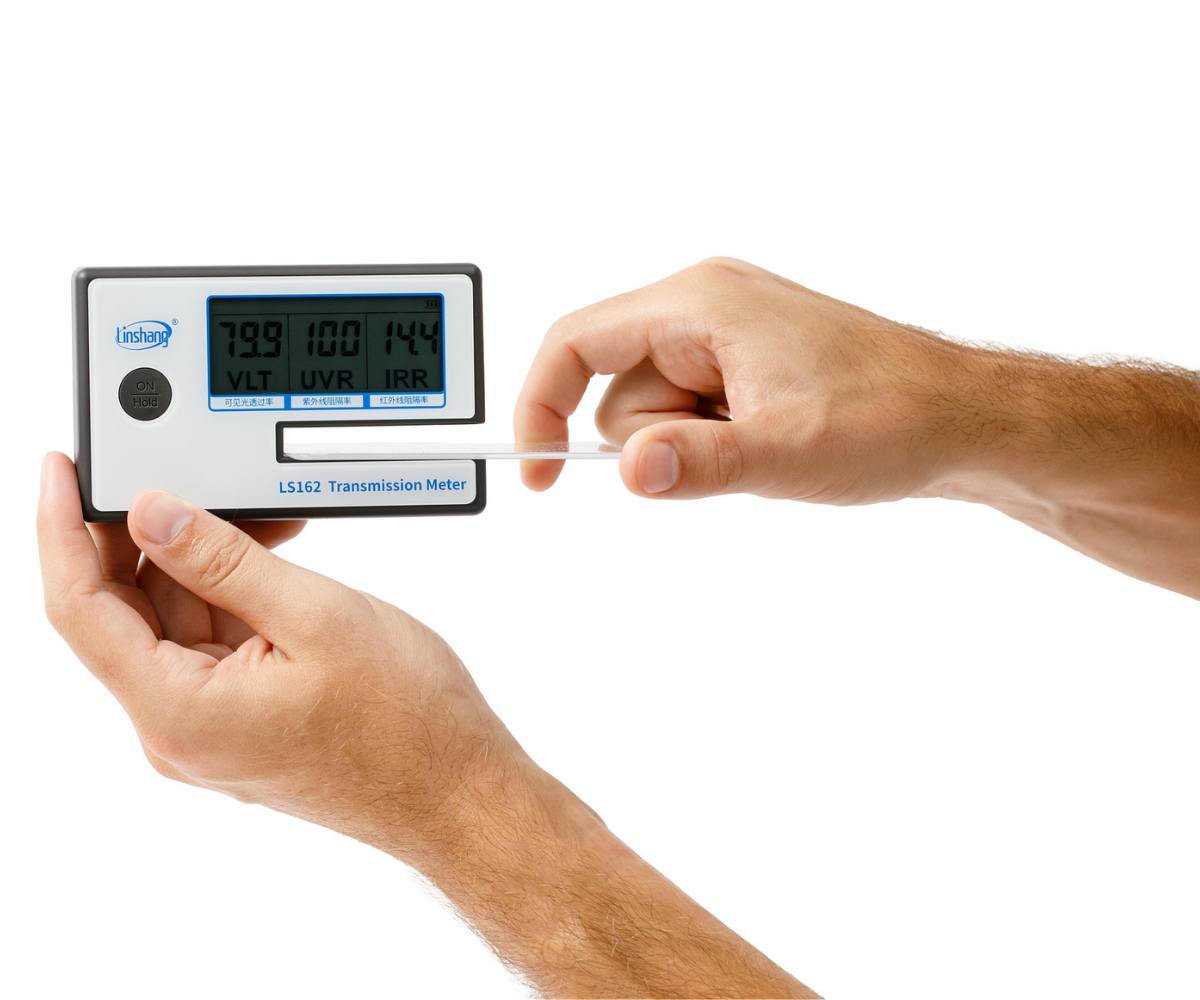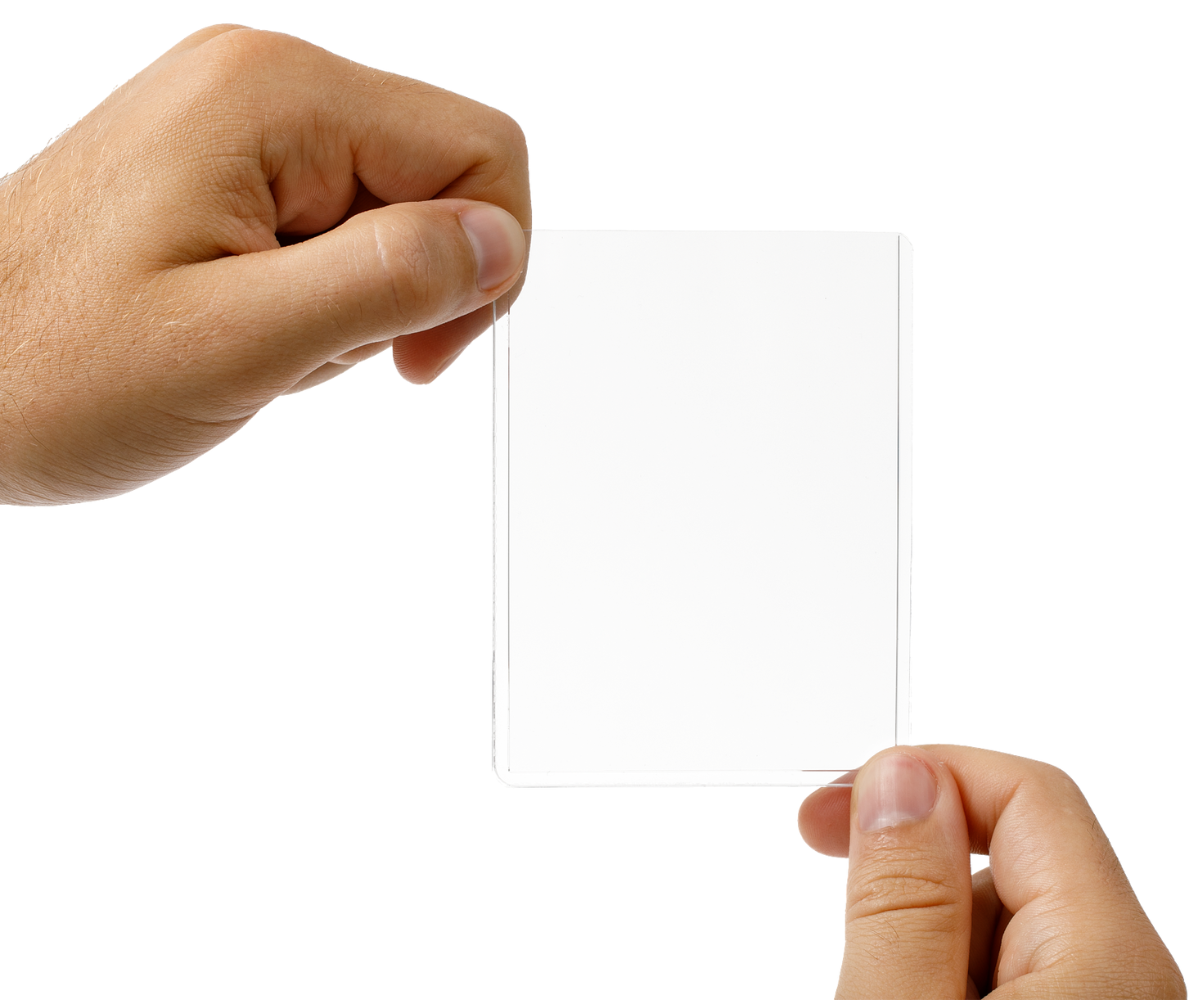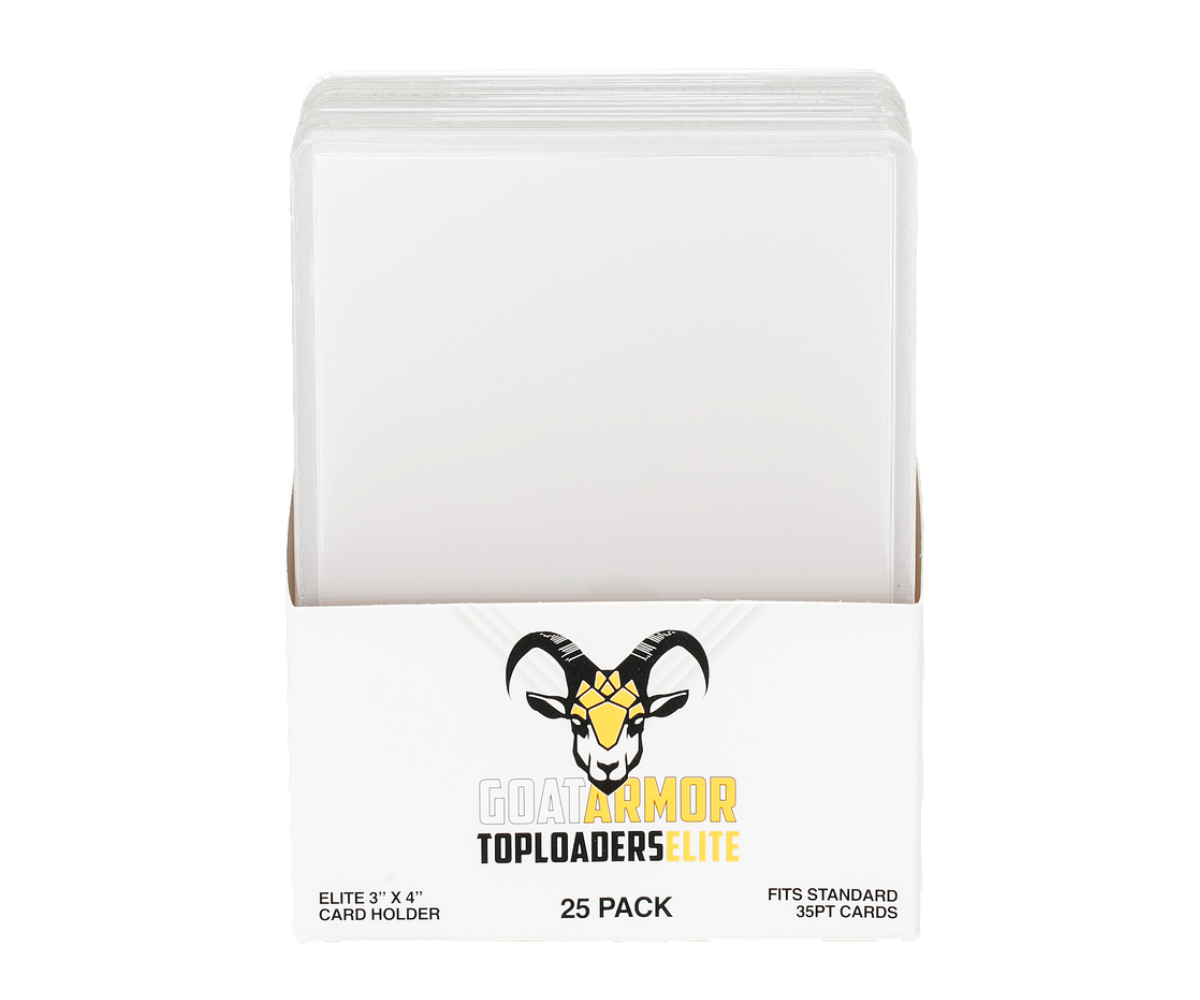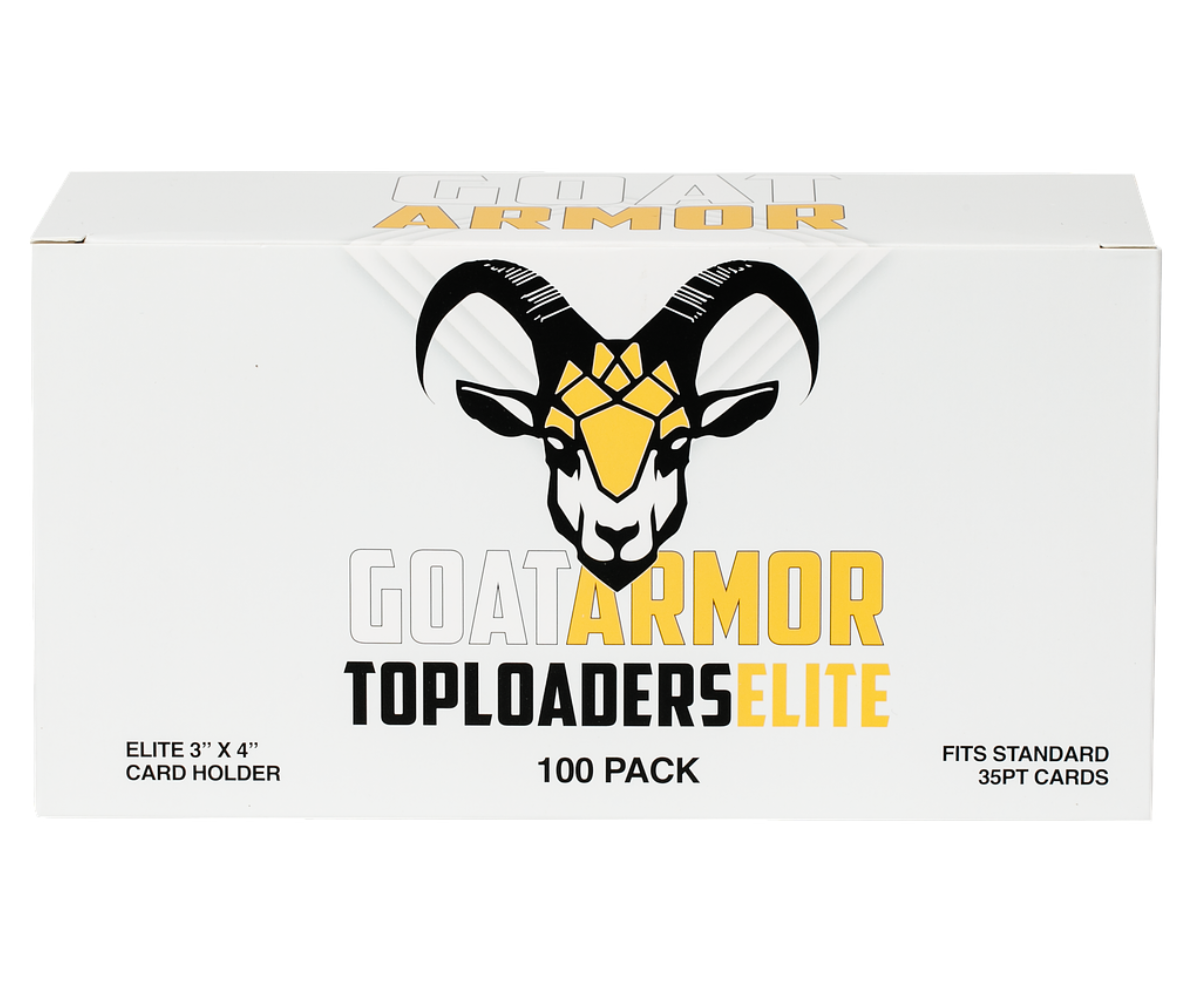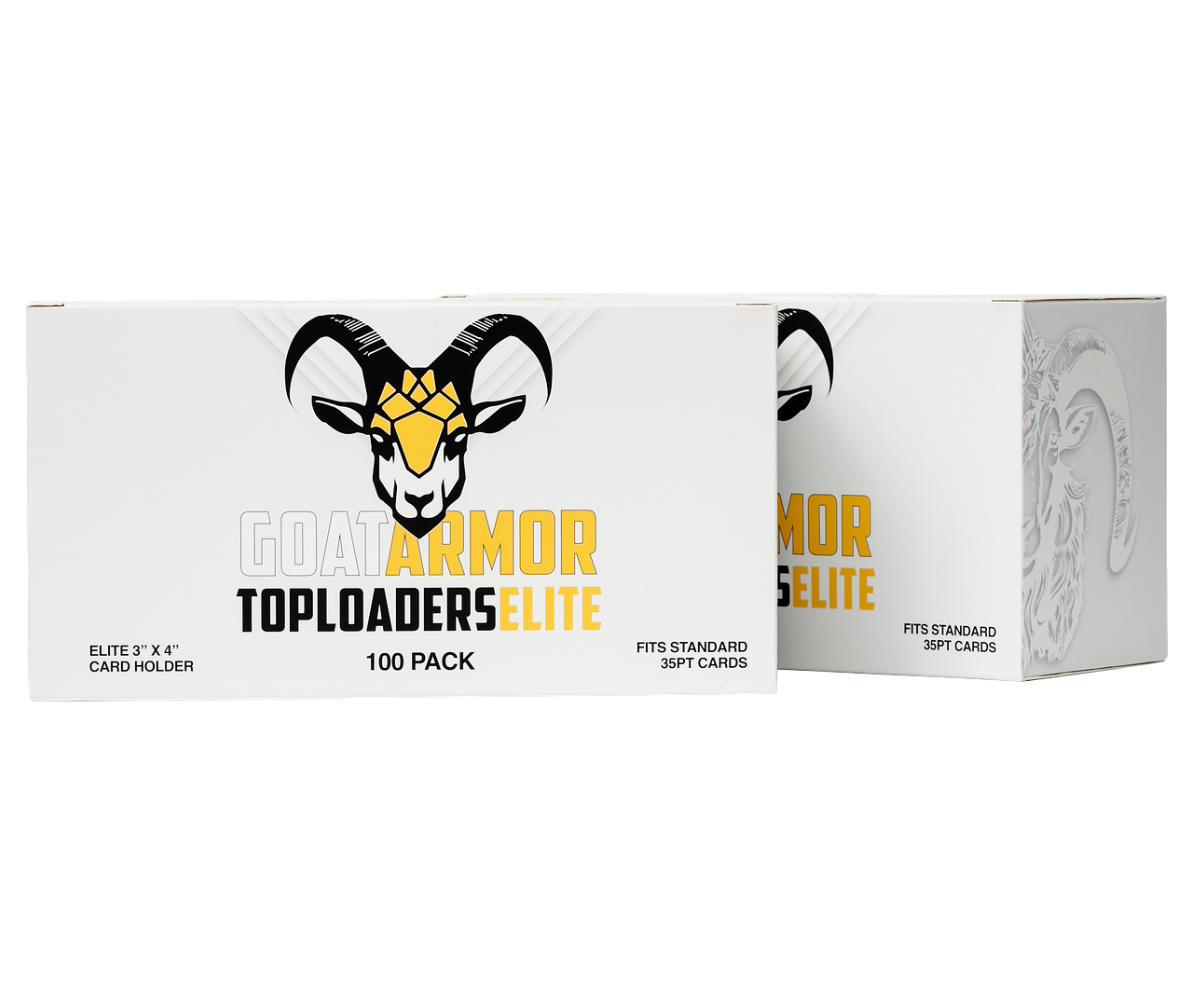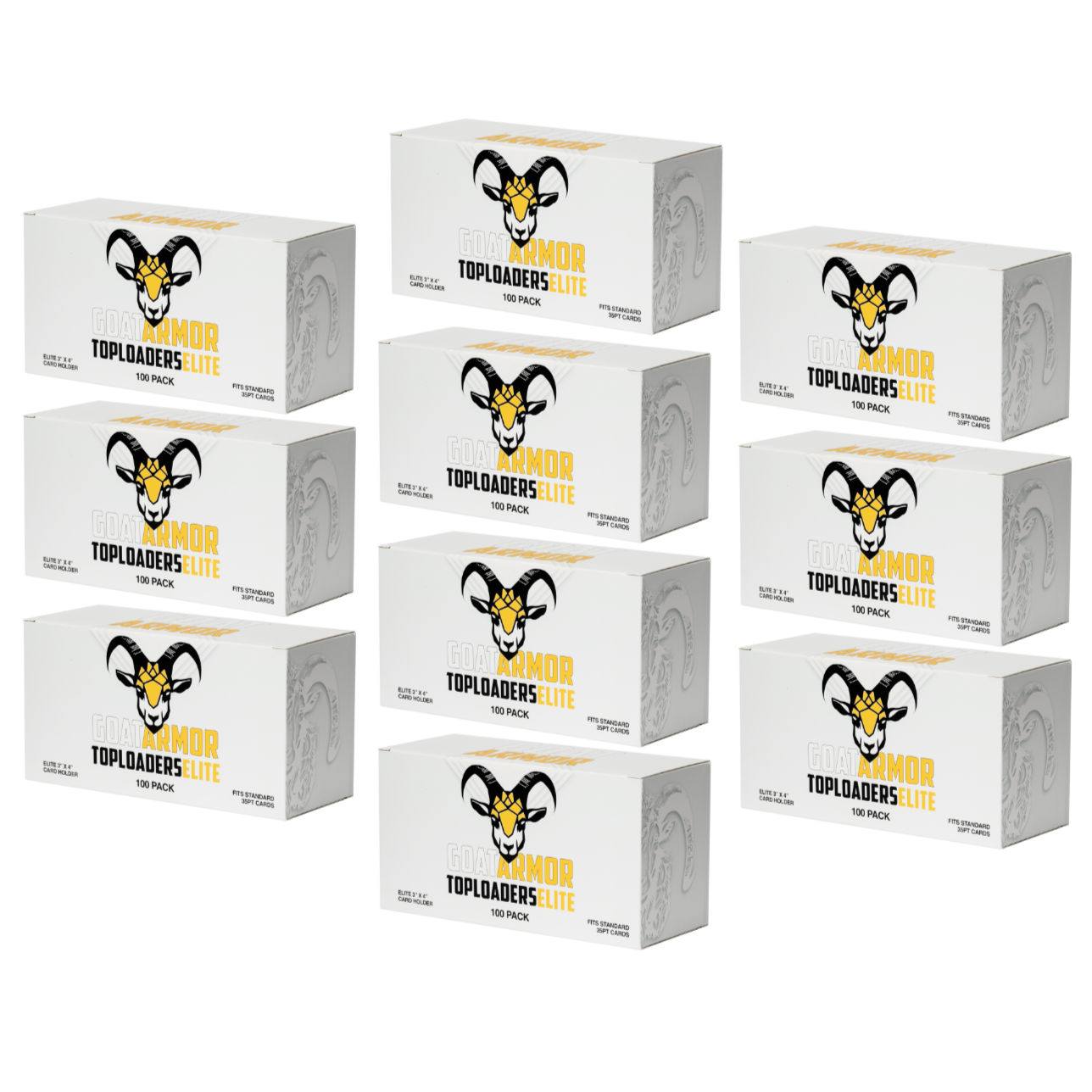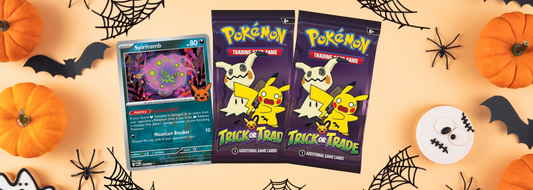
Where Should You Sell Your Cards: TCGPlayer or eBay?
Share
Do you have a large Pokemon TCG, Magic: The Gathering, or Yu-Gi-Oh! collection that you want to start selling cards from?
Whether your goal is to turn a profit selling your cards or just make your expensive hobby pay for itself (we get it), you have two great options for selling your old cards online: you can list them on TCGPlayer or list them on eBay.
These two platforms have a lot in common. They both allow you to post your cards, making them available to anyone searching for what you’re selling. They also both charge similar seller fees, though TCGPlayer’s are slightly lower. Additionally, . Despite these similarities, though, there are a few qualities that can make either platform the better option depending on your goals and situation.
Basically, eBay’s SEO system, low barrier to entry, and easy-to-use platform make it the better choice for beginners and those who only want to sell a few cards. Meanwhile, TCGPlayer’s extensive card database, lower fees, and seller leveling system make it the better option for anyone who wants to sell cards as a long-term business venture.
But what does all of this mean? And what if you fall somewhere in between these two types of sellers? Keep reading and we’ll answer both questions and get you selling your cards quickly on the platform that works best for you!
Protect your most valuable trading cards with Goat Armor
TCGPlayer VS. eBay

TCGPlayer
- 1–2 week payouts
- TCG-specific database for quick listing
- Tier-based listing system
- Restricted number of listings for new users
- Lower seller fees
- Paypal transaction fees
eBay
- Next-day payouts
- Standard envelope system for shipment tracking
- SEO-based listing system
- Worldwide user base
- Higher seller fees
- Paypal transaction fees
How does selling cards on TCGPlayer work?

Image source: TCGPlayer
One of the best features of TCGPlayer is its comprehensive database of cards. This database makes it very easy to list cards on the platform. All you need to do is find the database’s entry for your card, answer questions about its condition, set its price, and publish your listing. This process is much more streamlined and scalable than the listing process on eBay.
The bad news is that TCGPlayer will only let new users list one hundred cards at first. This is because sellers on TCGPlayer are ranked from 1–4, and sellers at each level are restricted to posting different numbers of cards. Here’s how many individual items a seller at each level can list on TCGPlayer:
- Level 1: 100
- Level 2: 500
- Level 3: 50,000
- Level 4: Unlimited
Listing limitations aren’t the only downside to being a low-level user, though. TCGPlayer takes its level system into account when it lists search results, so if you’re new to the platform and you list a card, say a mint condition, 7th Edition Serra Angel, your listing may display in buyer search results below listings for the same card from sellers who have attained higher levels.
This can make it pretty difficult to break into the market on TCGPlayer, and you can only climb the ranks on the platform slowly by meeting certain sales and buyer rating requirements.
There are many good reasons to start climbing the ranks if you intend to sell cards for a long time, though. TCGPlayer’s seller fees are lower than eBay’s, meaning it’s a little easier to turn a profit, and as we already noted, the platform’s database makes it much easier to list a lot of cards quickly. Both of these features make TCGPlayer a much better option for sellers who routinely want to sell a lot of cards.
How does selling cards on eBay work?

This is what a listing for a base set Charizard card looks like on eBay. The card photographs on the listing were taken and uploaded by the seller.
Image source: eBayeBay uses a simpler keyword-based system for displaying cards in response to search queries. This means that if you use the right keywords in your listing, your card can rank higher than the same card from a more established user. This makes eBay a lot easier to use for new sellers. Be aware, though, that sellers with poor user reviews may be deprioritized in search results.
This isn’t the only reason you may want to use eBay, though. The platform also pays its sellers much more quickly, it offers good shipment tracking features, and it has a much larger user base than TCGPlayer.
The platform does have a few significant downsides, though. The obvious one is that on card sales than TCGPlayer, meaning you’ll make a little less money on every card you sell.
Additionally, eBay doesn’t have as robust a card database as TCGPlayer, and you have to scan and upload your own pictures of the cards you intend to sell. This makes it much more difficult to list cards quickly on eBay, so it’s a bad option for anyone who wants to sell hundreds or thousands of cards.
eBay is still a great option if you just want to offload a handful of cards quickly, though.
Tips for selling your cards online
Whether you intend to sell your cards on eBay or TCGPlayer, here are a few tips that can help you maximize your profit, get good user reviews, and sell your cards quickly:
-
Accurately describe each card’s condition. Not only is this an honest practice, it will also help ensure that you get positive user reviews.
- Take high-quality scans or pictures of your cards. This is an optional step on TCGPlayer, but if you’re listing your cards on eBay, make sure you take pictures that show the whole card in good detail so potential buyers can tell what you have and what condition it’s in. (Don't forget our Elite Top Loaders provide crystal clear, photo ready protection just for this occasion!)
-
Comprehensively describe your card. It may be tedious, but make sure that your listing has all the relevant information that a buyer might want to know. What set is the card from? What year was it published? Who was the card’s artist? Is it holographic? Have you had the card professionally graded? Thoroughly answering questions like these can make or break your listing.
-
Price your cards competitively. While selling your cards for less than market value may seem like a bad strategy for turning a profit, it can help your cards sell much quicker. If your sell price is lower than another seller’s for the exact same card in a similar condition, your card will likely sell quicker. Of course, you should only go as low as you can afford to, so don’t undercut the card’s market value by too much. Avoid pricing missteps by conducting thorough pricing research.
- Last but not least, protect your cards. Trading cards can be incredibly valuable, but they’re also pretty flimsy, so it’s easy to damage your investment with careless handling. Keep your best cards in mint condition using sleeves, binders, and top loaders - we have you covered on all fronts at Goat Armor.
Keep your collection pristine with Goat Armor!
Summary
In most cases, eBay is the better option for collectors who just want to sell a few cards quickly, whereas TCGPlayer has a more ideal setup for anyone who wants to sell cards as part of a long-term business.
Now that you know how to sell your cards on TCGPlayer and eBay—and you know which platform will work better for your needs—you’re ready to start listing. And if you’re still unsure which resale platform will meet your requirements, why not give them both a try by listing a few cards on both? That way, you’ll be able to determine first-hand which platform’s resources and market you prefer.
Just make sure you list different cards on each platform so you don’t end up with two buyers for the same card. That would be embarrassing.
Protect your expensive trading cards with Goat Armor!
It’s essential for card resellers to keep their cards in mint condition. We can help you with that. At Goat Armor, we’ve developed durable and stylish binders and toploaders that keep Pokémon cards, Magic cards, Yu-Gi-Oh! cards, and One Piece like new for years.
Let us worry about protecting your investment so you can focus on building great listings and maximizing your profits.


